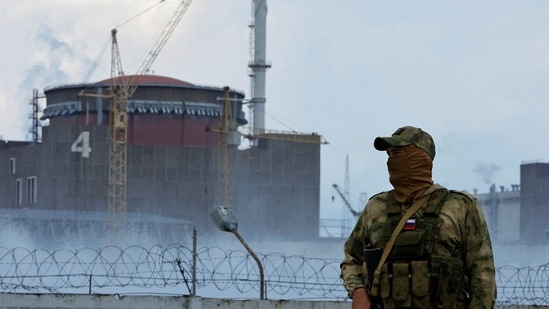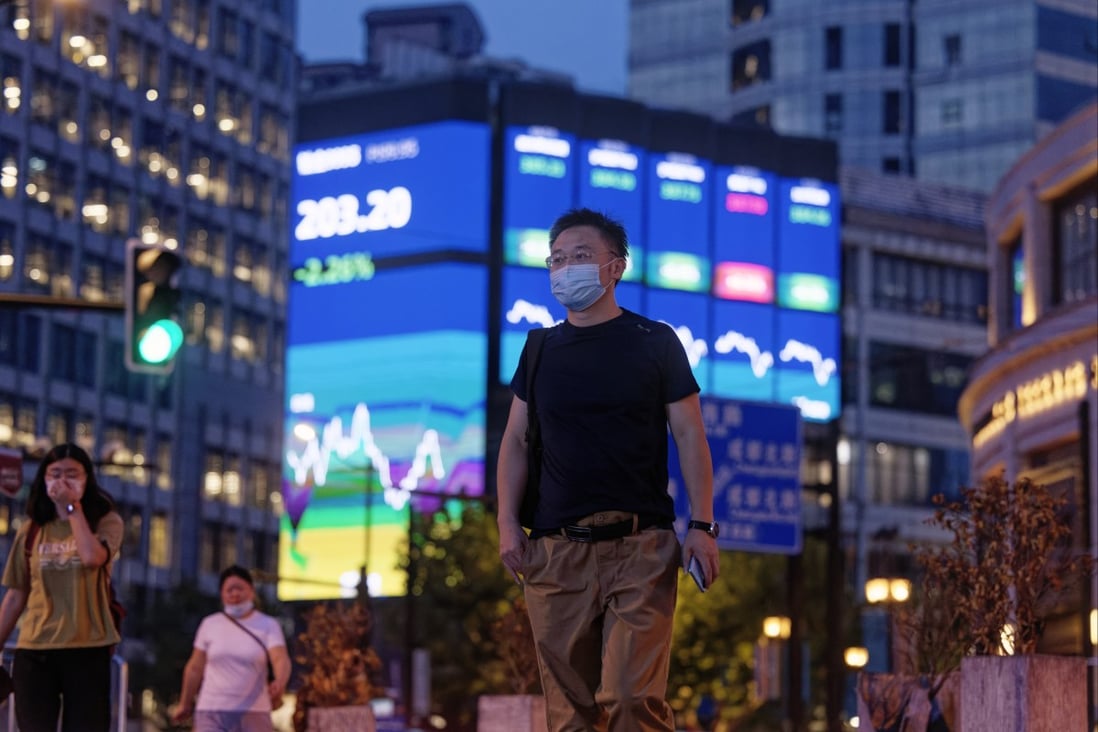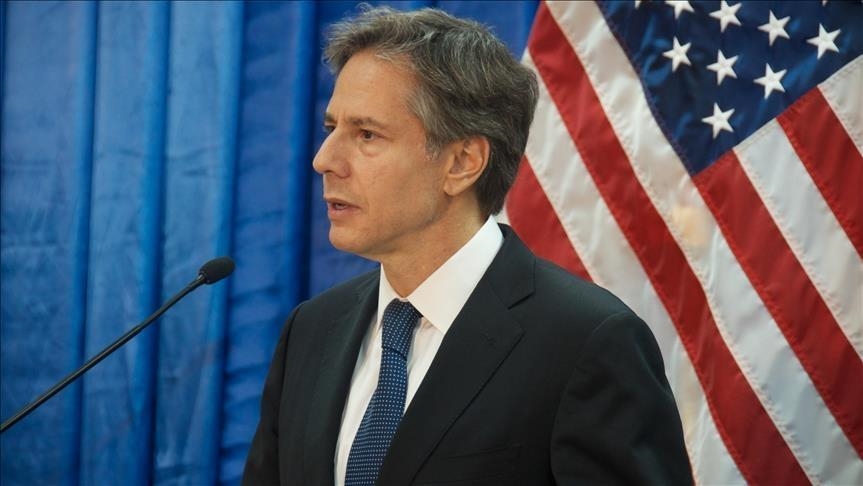Russian-held Zaporizhzhia nuclear plant regains power after temporarily cut off from grid
The last regular line supplying electricity to Ukraine's Russian-held Zaporizhzhia nuclear power plant is working after being cut on Thursday, the United Nations says.
Key points:The UN nuclear watchdog confirmed the Zaporizhzhia power plant had twice lost connection to Ukraine's power grid
Energoatom says lines linking the plant to the grid had been disrupted after fires had broken out in the ash pits of a coal power station near the nuclear reactor complex
Fighting in the area around the Zaporizhzhia nuclear power station has been a source of concern for weeks
Ukrainian state nuclear company Energoatom said fires broke out in the ash pits of a coal power station near the Zaporizhzhia reactor complex, Europe's largest nuclear facility, disrupting lines linking the plant to Ukraine's power grid.
"As a result, the station's two working power units were disconnected from the network," Energoatom said in a statement.
"Thus, the actions of the invaders caused a complete disconnection of the [nuclear power plant] from the power grid — the first in the history of the plant," it said.
The last electricity supply to the plant was restored later on Thursday, the International Atomic Energy Agency (IAEA) said in a statement,
"Ukraine told the IAEA that the [plant] … at least twice lost connection to the power line during the day but that it was currently up again," it said.
Russia captured the Zaporizhzhia plant in March and has controlled it since, although Ukrainian technicians from Energoatom still operate it.
Russia and Ukraine have accused each other of shelling the site, fuelling international fears of a disastrous nuclear accident.
Nuclear experts have warned of the risk of damage to the plant's spent nuclear fuel pools or its reactors. Cuts in the power needed to cool the pools to avoid a disastrous meltdown are another worry.
Energoatom said the plant's security systems were working normally and work was underway to reconnect one of the reactor blocks to the grid. The power plant has six reactors in total.
The vast complex supplied more than 20 per cent of Ukraine's electricity needs and its loss would pile new strain on the government.
Russia's Novosti news agency reported safety systems at Zaporizhzhia were activated on Thursday after power cuts were reported across swathes of Russian-controlled territory.
The fighting in the area around the Zaporizhzhia nuclear power station has been a source of concern for weeks.
Kyiv told the IAEA, the UN's nuclear watchdog, that shelling earlier this week had damaged transformers at a nearby conventional power plant, disrupting electricity supplies to the Zaporizhzhia plant for several hours.
War rages near huge nuclear site in Ukraine
Experts urge intervention as fighting rages near Zaporizhzhia.
Coupled with recent reports of shelling near the nuclear power plant has prompted calls for an urgent mission of the IAEA to the site.
Officials from the group are "very, very close" to being able to visit Zaporozhzhia, IAEA Director-General Rafael Grossi said on Thursday.
French President Emmanuel Macron pressed Russian President Vladimir Putin in a phone call last week to allow the UN agency to visit the site.
"Kyiv accepts it. Moscow accepts it. So we need to go there," Mr Grossi said.
Following the most recent scare at the power plant, Mr Grossi tweeted he was "determined to personally lead" a mission to the plant in the next few days to help "stabilise the nuclear safety and security situation".
"Almost every day there is a new incident at or near the [Zaporizhzhia] NPP. We can’t afford to lose any more time," he said.
Ukraine's energy minister said IAEA officials could travel to the Zaporizhzhia plant in the coming days.
"A visit is planned," German Galushchenko told Reuters in Kyiv.
"Definitely no later than the beginning of September."
Reuters/AP
Ukraine's Zaporizhzhia Nuclear Plant disconnected from power grid: Report
World News
Published on Aug 25, 2022
In a statement cited by CNN, Energoatom said that the complex was disconnected Thursday due to fires at a nearby ash pit, causing the last remaining power line connecting to Ukraine's energy grid to disconnect twice.

ANI |
Ukraine's Zaporizhzhia nuclear power plant was completely disconnected from the power grid for the first time in its history on Thursday, according to the country's nuclear operator.
The nuclear power plant is held by Russian forces.
In a statement cited by CNN, Energoatom said that the complex was disconnected Thursday due to fires at a nearby ash pit, causing the last remaining power line connecting to Ukraine's energy grid to disconnect twice.
"The actions of the invaders caused a complete disconnection of the ZNPP (Zaporizhzhia nuclear power plant) from the power grid -- the first in the history of the plant," it stated.
Later on Thursday, the Russian-installed regional governor said that "at the moment, the power supply to all cities and districts of the Zaporizhzhia region has been restored" from the plant after earlier disruptions.
Yevhen Balytskyi, an official, blamed Ukrainian military action for the earlier outages.
"As a result of a strike by the armed formations of Ukraine on power lines in the area of the Zaporizhzhia NPP, the territory of the security zone of the 750 kV overhead line caught fire. The fire was provoked by a short circuit on power lines," he said, as per CNN.
While in a separate statement, Ukraine's State Inspection of Nuclear Regulation, which cited the nuclear operator Energoatom, said a power line from the plant was disconnected due to hostilities in the area. (ANI)












